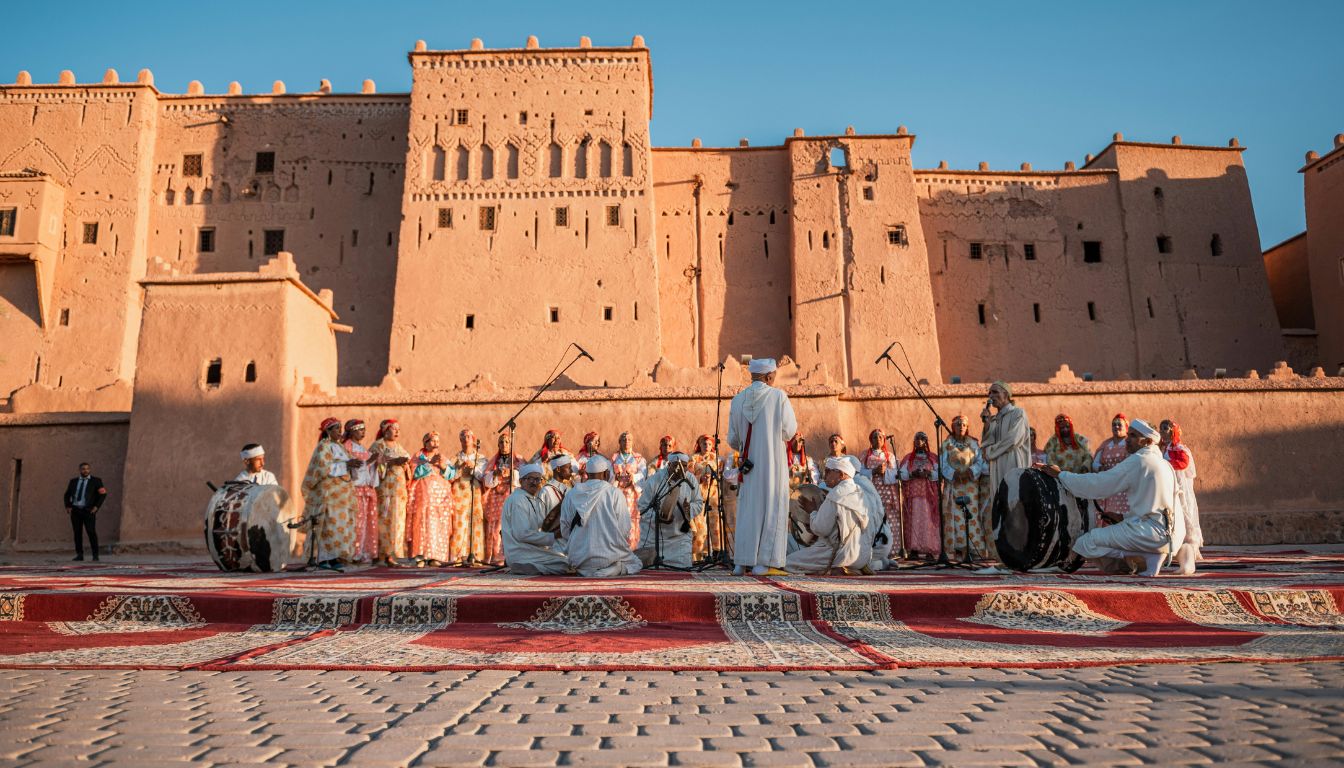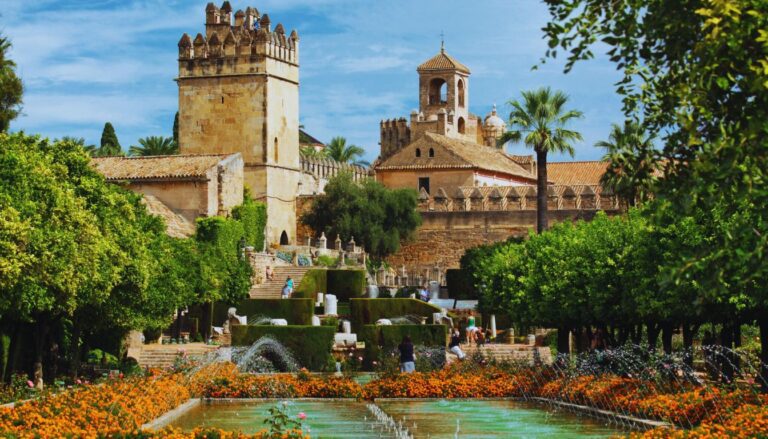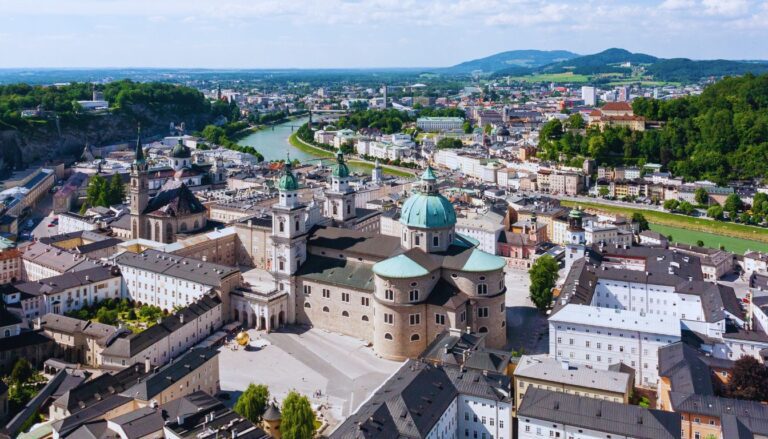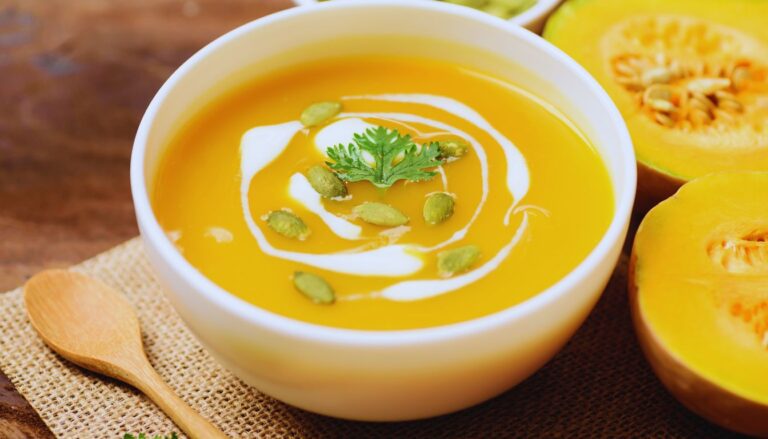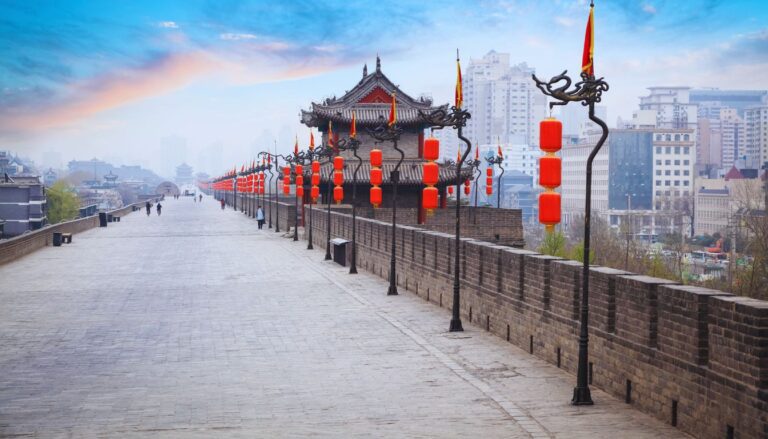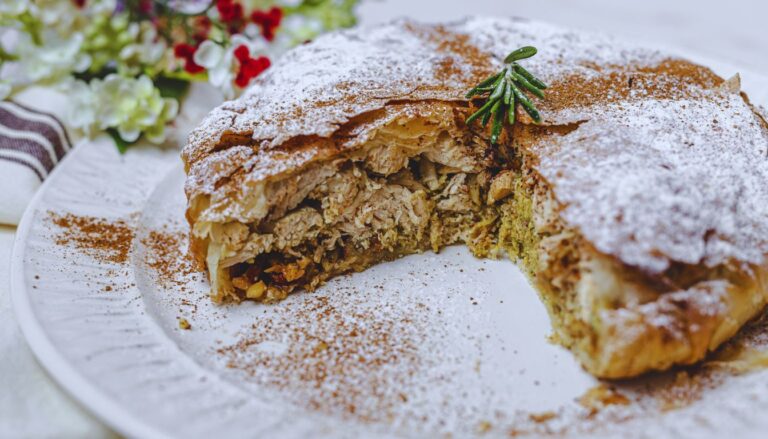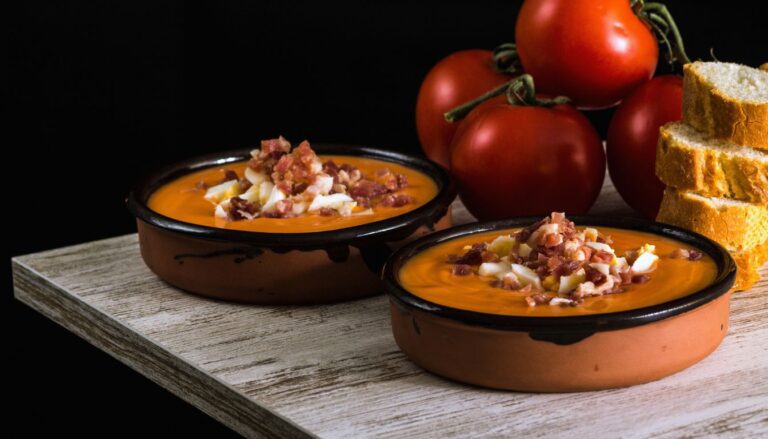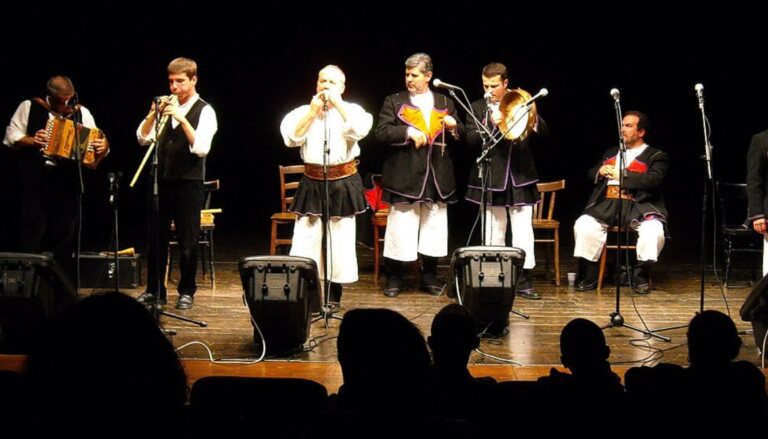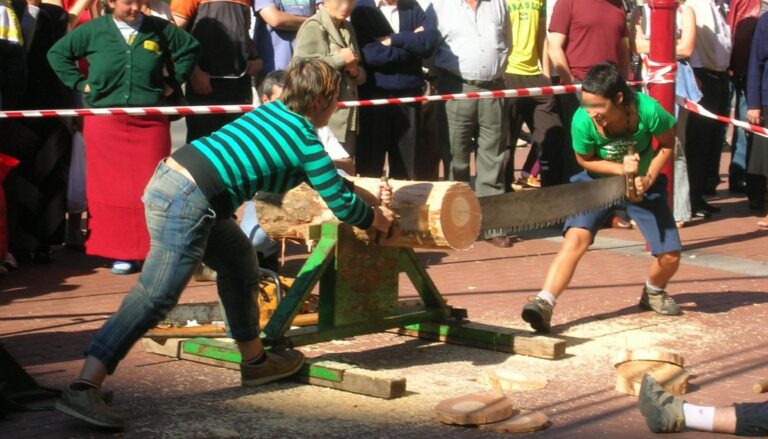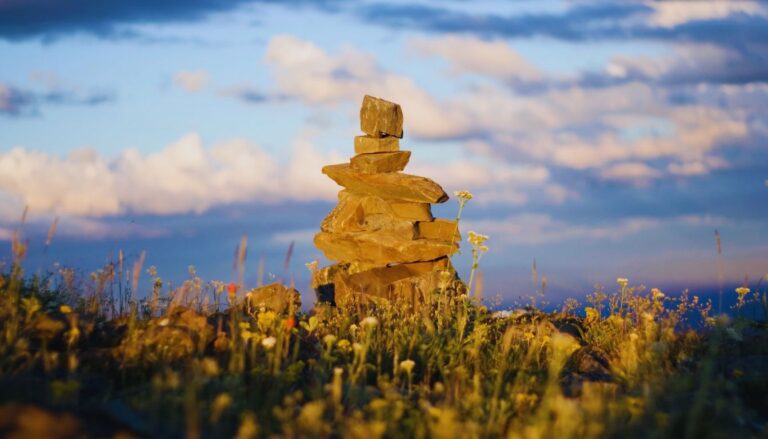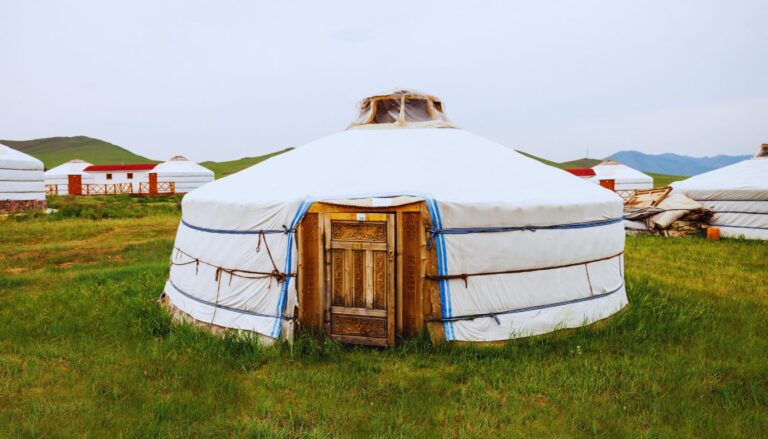The Amazigh people have a rich cultural heritage that is beautifully expressed through their festivals and celebrations. These events, deeply rooted in history and tradition, offer a vibrant window into Amazigh culture, values, and way of life.
Amazigh festivals mark important agricultural milestones, celestial events, and life passages. They serve as a means to strengthen community bonds, honor ancestors, and celebrate the cyclical nature of life. Through music, dance, traditional clothing, and shared meals, these celebrations keep Amazigh culture alive and thriving.
This article explores the diverse world of Amazigh festivals and celebrations, from ancient traditions to modern interpretations, providing insight into the cultural richness of North Africa’s indigenous people.
Table of Contents
Yennayer: The Amazigh New Year
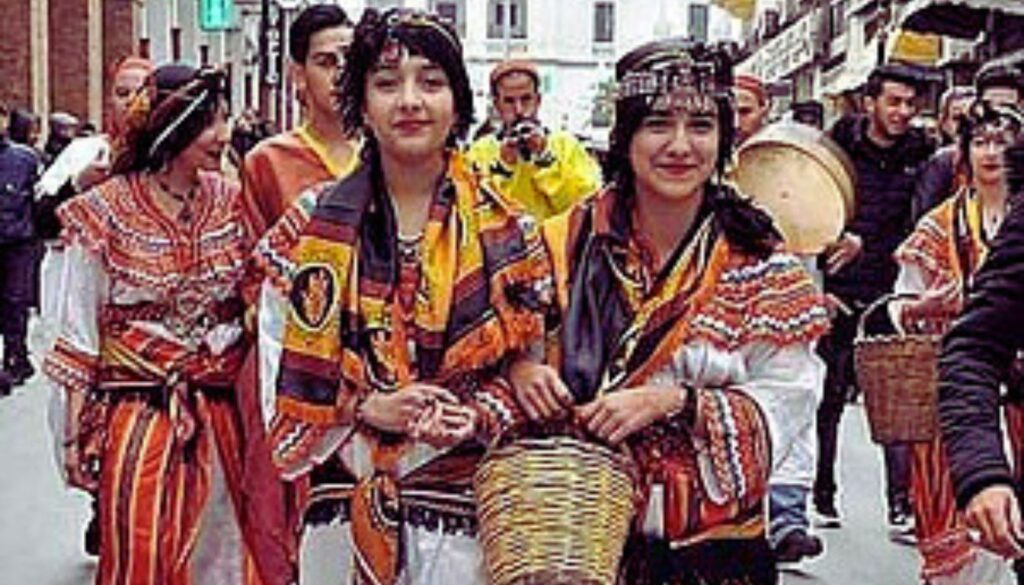
Yennayer, the Amazigh New Year, is one of the most important celebrations in the Amazigh calendar. It typically falls on January 12th or 13th in the Gregorian calendar and marks the beginning of the agricultural year.
Key aspects of Yennayer celebrations include:
- Traditional meals: Families prepare special dishes, often including couscous with seven vegetables to symbolize abundance.
- Rituals: Many households perform rituals to bring good luck for the coming year, such as sprinkling blessed water around the home.
- Community gatherings: People come together to share meals, sing traditional songs, and participate in cultural activities.
- Gift-giving: It’s common to exchange small gifts, especially with children.
The celebration of Yennayer varies across different Amazigh communities, but it universally represents hope for a prosperous and fertile year ahead.
Tafraska: Celebrating the Harvest
Tafraska is a joyous harvest festival celebrated by Amazigh communities, particularly in agricultural regions. This festival typically takes place in late summer or early autumn, depending on the local harvest season.
Highlights of Tafraska include:
- Communal feasts: People gather to share meals made from the fresh harvest, often including grilled meats, fresh fruits, and traditional breads.
- Music and dance: Local musicians perform traditional songs, and community members engage in folk dances.
- Thanksgiving rituals: Many communities perform rituals to express gratitude for the harvest and pray for continued abundance.
- Agricultural displays: Farmers often showcase their best produce, sometimes engaging in friendly competition.
Tafraska is not just a celebration of agricultural bounty, but also a time to strengthen community ties and pass down traditional knowledge to younger generations.
Timghriwin: Amazigh Music Festivals
Timghriwin, which means “festivals” in Tamazight (the Amazigh language), refers to a series of music festivals that take place across various Amazigh regions. These festivals are crucial in preserving and promoting Amazigh musical heritage.
Key features of Timghriwin include:
- Diverse musical styles: From traditional Ahidous music to modern Amazigh fusion, these festivals showcase a wide range of styles.
- Cultural exchange: Musicians from different regions and even countries come together, fostering cultural exchange.
- Artisan markets: Many festivals include markets where local artisans sell traditional crafts, jewelry, and textiles.
- Workshops and discussions: Some festivals offer workshops on traditional instruments or panel discussions on Amazigh culture and music.
Notable Timghriwin include the Ait Bouguemez Festival in Morocco and the Tafsut (Spring) Festival in Algeria. These events not only celebrate Amazigh music but also serve as platforms for cultural preservation and innovation.
Wedding Celebrations in Amazigh Culture
Weddings are among the most elaborate and joyous celebrations in Amazigh culture. These multi-day affairs are rich in symbolism and tradition, varying somewhat across different Amazigh communities.
Typical elements of an Amazigh wedding include:
- Pre-wedding rituals: Such as the bride’s henna ceremony and the preparation of the bridal trousseau.
- The Amanday: The day when the groom’s family officially asks for the bride’s hand in marriage.
- Traditional attire: Brides often wear ornate dresses adorned with silver jewelry, while grooms may wear traditional robes.
- Music and dance: Weddings feature extensive musical performances, with guests participating in traditional group dances.
- Feasting: Large communal meals are a central part of the celebration, often featuring dishes like couscous and mechoui (roasted lamb).
Amazigh weddings are not just a union of two individuals, but a celebration that involves entire communities, reinforcing social bonds and cultural identity.
Ashura: A Blend of Islamic and Amazigh Traditions
Ashura, while primarily an Islamic observance, has taken on unique characteristics in Amazigh communities, blending religious practices with local traditions.
Key aspects of Ashura in Amazigh culture include:
- Communal meals: Families prepare special dishes, often including dried fruits and nuts.
- Charitable acts: Many people give to the poor or participate in community service.
- Cultural performances: Some regions feature traditional music and storytelling during this time.
- Children’s activities: In some areas, children dress up in costumes or participate in special games.
While the religious significance of Ashura varies among different Islamic traditions, in many Amazigh communities it has evolved into a time for family gatherings and cultural expression.
Tashelhiyt New Year: A Unique Regional Celebration
The Tashelhiyt New Year, celebrated by the Tashelhiyt-speaking Amazigh of southern Morocco, is a distinctive regional festival that falls in the Islamic month of Muharram.
Highlights of this celebration include:
- Masquerades: People dress up in costumes, often representing animals or mythical creatures.
- Theatrical performances: Communities stage plays that often blend humor with moral lessons.
- Feasting: Special meals are prepared, typically featuring local seasonal produce.
- Bonfires: In some areas, people light bonfires and jump over them for good luck.
This festival showcases the diversity within Amazigh culture, demonstrating how different regions have developed their own unique traditions.
Seasonal Festivals: Honoring Nature’s Cycles
Amazigh culture is closely tied to the rhythms of nature, and many festivals mark important seasonal changes. These celebrations often have agricultural or astronomical significance.
Examples of seasonal festivals include:
- Spring festivals: Celebrating the renewal of nature, often featuring floral displays and outdoor activities.
- Summer solstice celebrations: In some regions, the longest day of the year is marked with bonfires and all-night festivities.
- Autumn equinox observances: Some communities hold harvest festivals or fairs during this time.
- Winter ceremonies: Traditions to ward off cold and darkness, often involving special foods and communal gatherings.
These seasonal celebrations reflect the Amazigh people’s deep connection to their environment and their agricultural heritage.
Moussem: Annual Gatherings and Pilgrimages
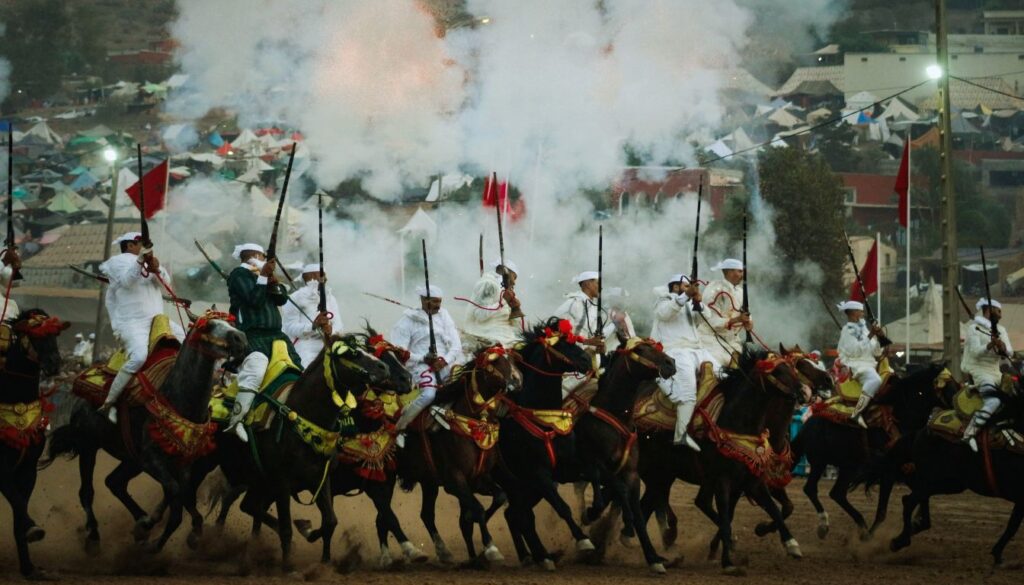
Moussems are annual festivals that often combine religious observance with cultural celebration and economic activity. These events typically center around the shrine of a local saint or marabout.
Key features of Moussems include:
- Pilgrimage: People travel from surrounding areas to visit the shrine.
- Markets: Temporary markets are set up, selling everything from local produce to handicrafts.
- Cultural performances: Music, dance, and poetry recitals are common features.
- Horse fantasias: In some regions, skilled horsemen perform synchronized riding displays.
Moussems serve multiple purposes: they honor religious and cultural traditions, provide economic opportunities, and strengthen social bonds between communities.
The Role of Music and Dance in Amazigh Celebrations
Music and dance are integral to almost all Amazigh festivals and celebrations. They serve as a means of cultural expression, storytelling, and community bonding.
Important aspects of Amazigh music and dance include:
- Traditional instruments: Such as the rebab (a bowed string instrument), bendir (frame drum), and zamr (double reed instrument).
- Ahwash: A collective performance combining poetry, dance, and music.
- Taskiwin: A martial dance performed in the High Atlas region.
- Call and response singing: A common feature in many Amazigh musical styles.
These musical traditions not only entertain but also play a crucial role in preserving Amazigh language, poetry, and cultural values.
Traditional Clothing and Adornments for Festivals
Festivals and celebrations are occasions for Amazigh people to wear their most beautiful traditional clothing and jewelry, which vary by region and occasion.
Common elements of festival attire include:
- Colorful dresses: Women often wear intricately embroidered dresses in bright colors.
- Headscarves and veils: These can be elaborately tied and decorated.
- Silver jewelry: Including large fibulae (brooches), necklaces, and headpieces.
- Traditional robes: Men may wear djellabas or burnouses, often with decorative embroidery.
The clothing and adornments worn during festivals are not just decorative; they often carry symbolic meanings and indicate the wearer’s regional origin and social status.
Modern Interpretations of Amazigh Festivals
While many Amazigh festivals maintain their traditional forms, others have evolved to reflect changing times and to appeal to younger generations.
Examples of modern interpretations include:
- Urban festivals: Celebrating Amazigh culture in city settings, often featuring contemporary Amazigh music and art.
- Cultural weeks: Organized events that showcase Amazigh heritage through exhibitions, concerts, and lectures.
- Film festivals: Showcasing movies made by or about Amazigh people.
- Fashion shows: Featuring modern interpretations of traditional Amazigh clothing.
These modern celebrations play a crucial role in keeping Amazigh culture relevant and vibrant in the 21st century, while also introducing it to a wider audience.
Conclusion
Amazigh festivals and celebrations offer a vibrant window into the rich cultural heritage of North Africa’s indigenous people. From the joyous celebrations of Yennayer to the spiritual observances of Ashura, from traditional wedding ceremonies to modern urban festivals, these events showcase the diversity and vitality of Amazigh culture.
These celebrations serve multiple purposes: they strengthen community bonds, preserve ancient traditions, mark the rhythms of agricultural and celestial cycles, and provide a means for cultural expression and identity affirmation. Through music, dance, traditional clothing, and shared meals, Amazigh festivals create a living link between past and present.
As Amazigh communities navigate the challenges of modernization and globalization, their festivals and celebrations continue to evolve. By blending traditional elements with contemporary expressions, these events ensure that Amazigh culture remains dynamic and relevant.
For those interested in exploring the cultural richness of North Africa, Amazigh festivals offer a unique and immersive experience. They invite participants and observers alike to join in the celebration of a vibrant, enduring heritage that continues to shape the cultural landscape of the region.
Discover the must-visit cultural destinations of Amazigh culture

